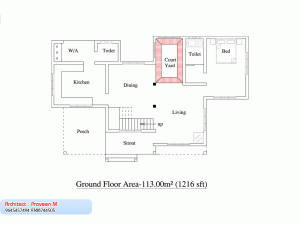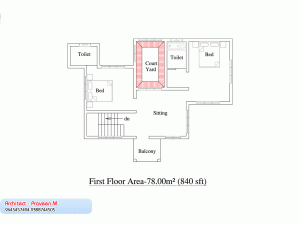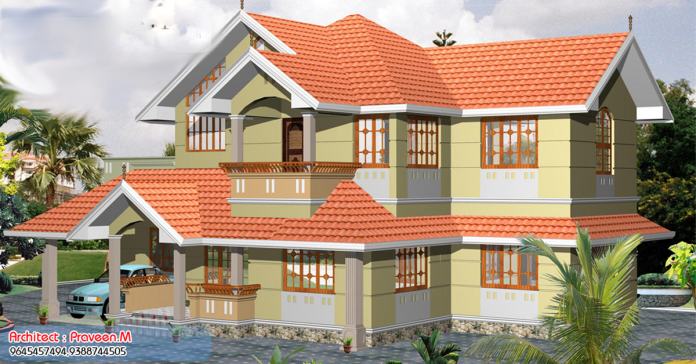The amount of air mixed with the gas stream affects the completeness of the combustion reaction. Less air yields an incomplete and thus cooler reaction, while a gas stream well mixed with air provides oxygen in a stoichiometric amount and thus a complete and hotter reaction. The air flow can be controlled by opening or closing the slot openings at the base of the barrel, similar in function to the choke in a carburettor.
If the collar at the bottom of the tube is adjusted so more air can mix with the gas before combustion, the flame will burn hotter, appearing blue as a result. If the holes are closed, the gas will only mix with ambient air at the point of combustion, that is, only after it has exited the tube at the top. This reduced mixing produces an incomplete reaction, producing a cooler but brighter yellow, which is often called the “safety flame” or “luminous flame”.
The yellow flame is luminous due to small soot particles in the flame, which are heated to incandescence. The yellow flame is considered “dirty” because it leaves a layer of carbon on whatever it is heating. When the burner is regulated to produce a hot, blue flame, it can be nearly invisible against some backgrounds. The hottest part of the flame is the tip of the inner flame, while the coolest is the whole inner flame.
Increasing the amount of fuel gas flow through the tube by opening the needle valve will increase the size of the flame. However, unless the airflow is adjusted as well, the flame temperature will decrease because an increased amount of gas is now mixed with the same amount of air, starving the flame of oxygen.
The lower part of its tube is conical, with a round screw nut below its base. The gap, set by the distance between the nut and the end of the tube, regulates the influx of the air in a way similar to the open slots of the Bunsen burner. The Teclu burner provides better mixing of air and fuel and can achieve higher flame temperatures than the Bunsen burner.











